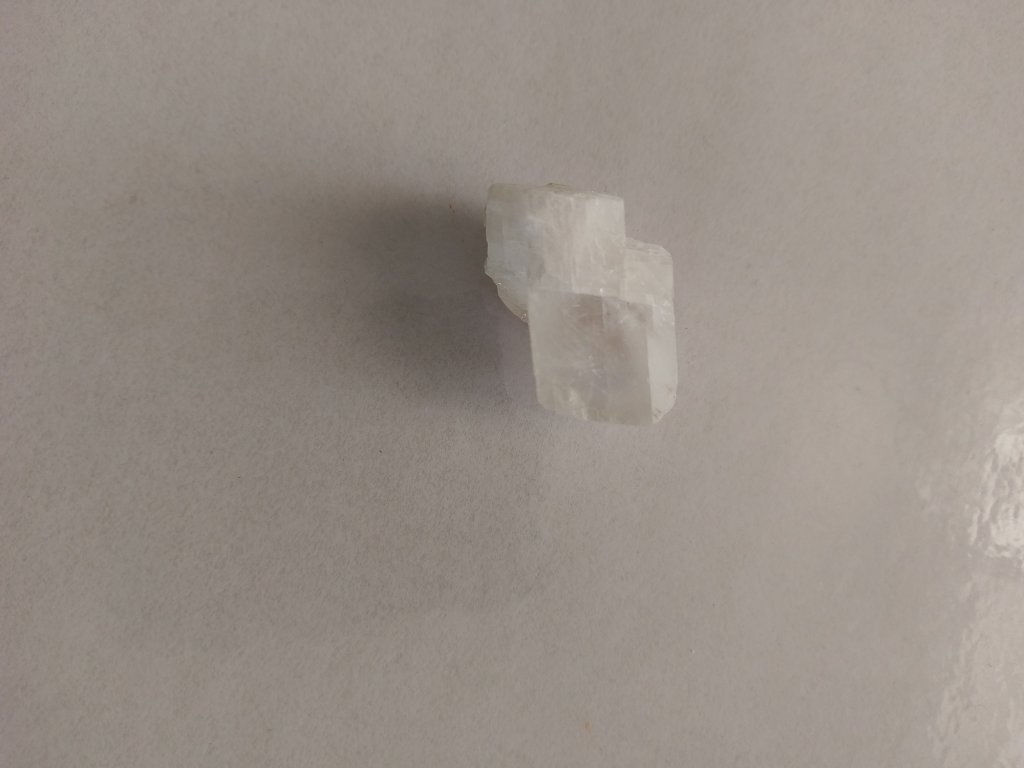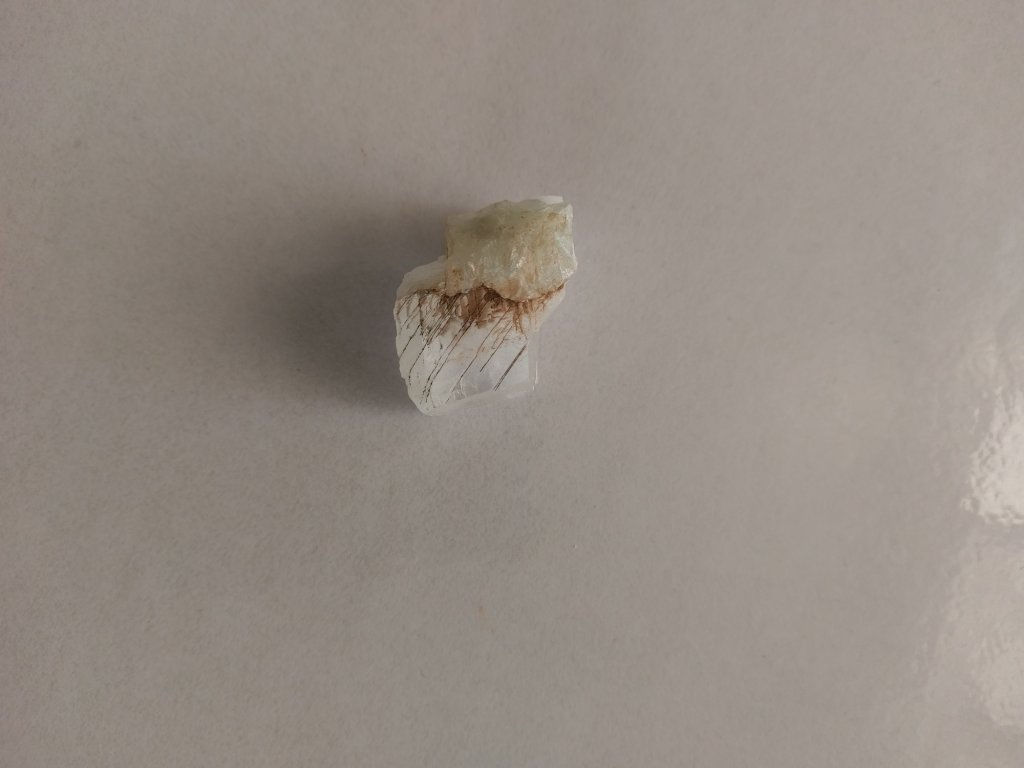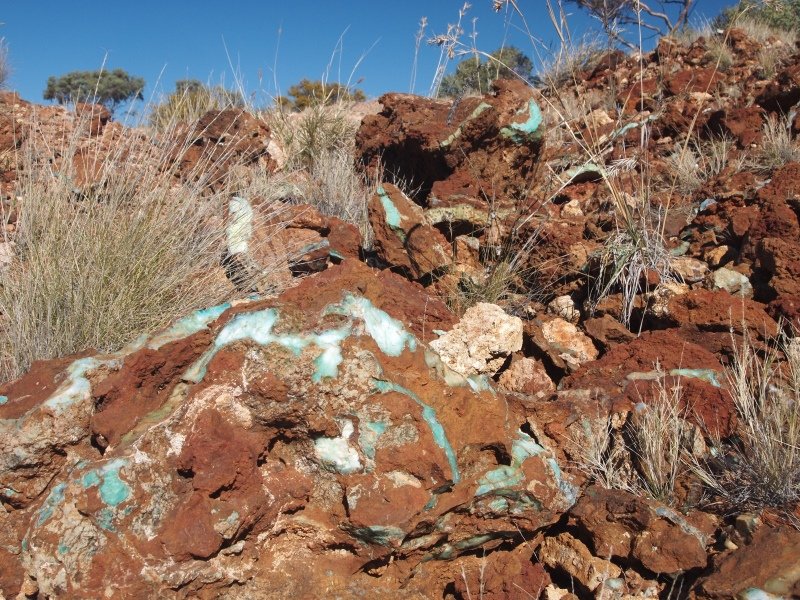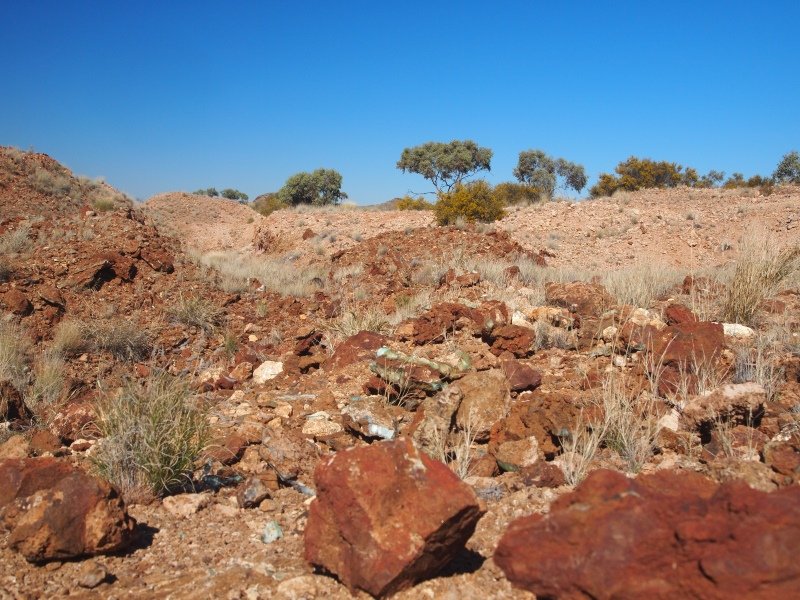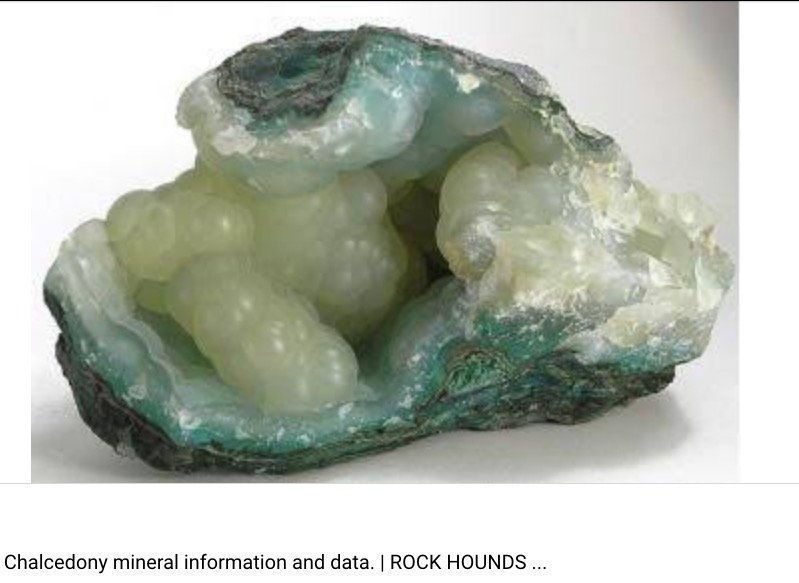Hi all
Is this Chrysoprase? Wrong crystal system from what I can read on it.
Found in Central Qld area on private property. Alway opaque green, very few show the crystal structure. Comes in different shades of white/green to dark green patches in crevices. Seems to be associated with a white to clear rhombus shaped crystal.
No known copper in the area.
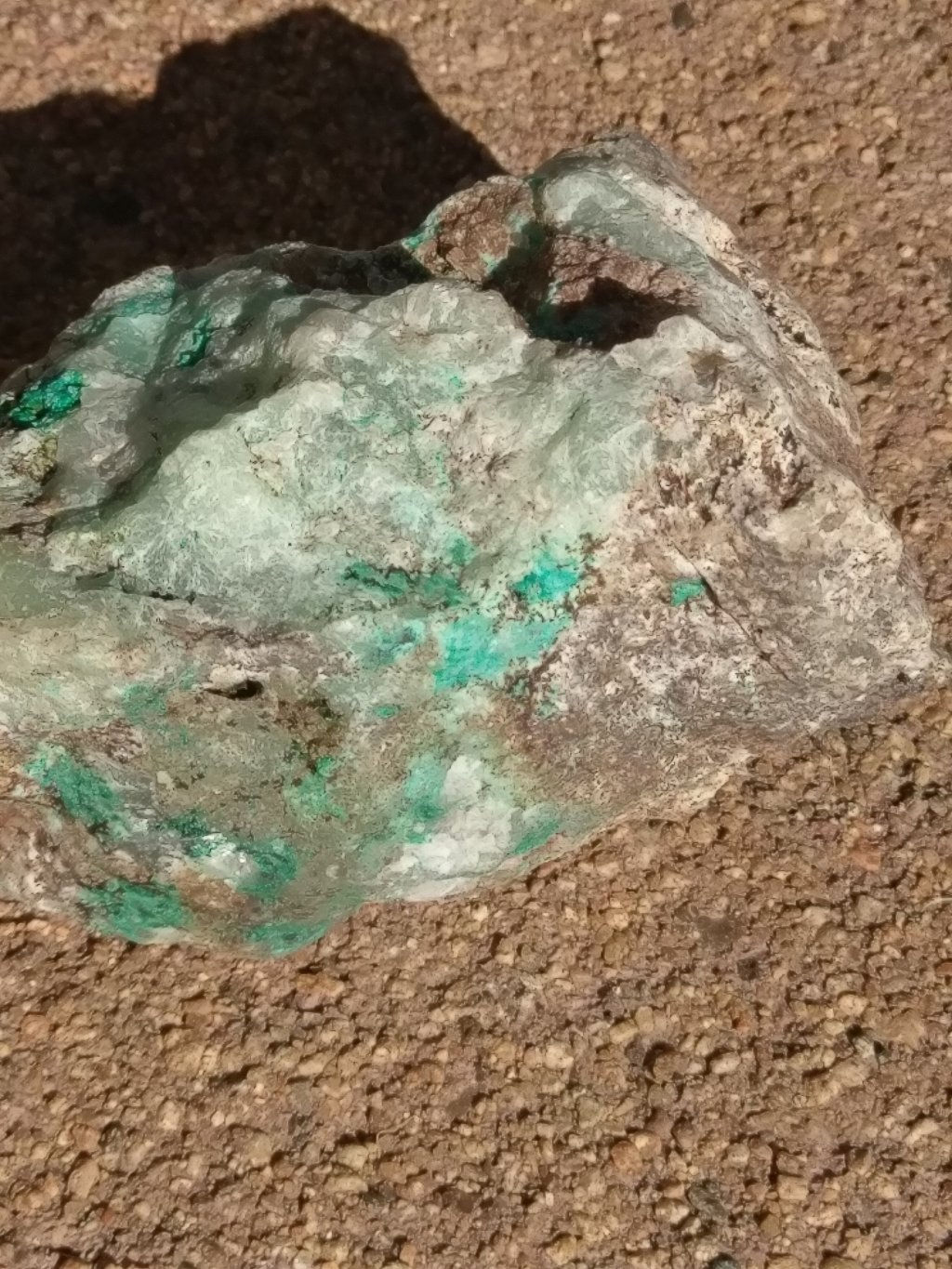
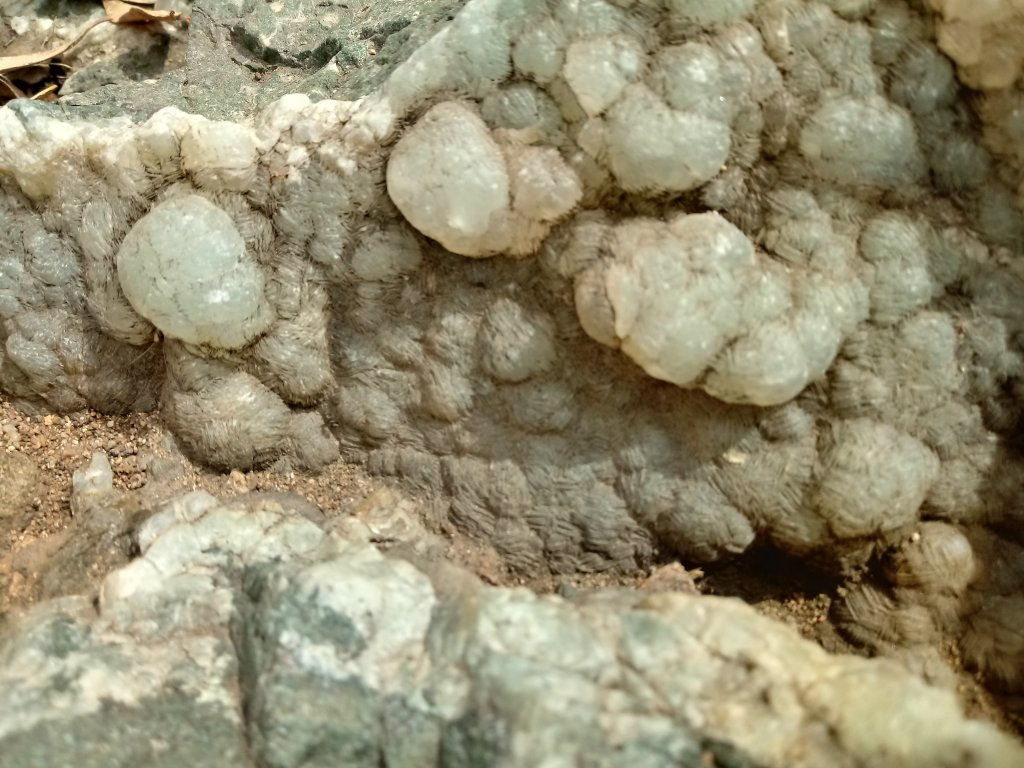 ?
?
Is this Chrysoprase? Wrong crystal system from what I can read on it.
Found in Central Qld area on private property. Alway opaque green, very few show the crystal structure. Comes in different shades of white/green to dark green patches in crevices. Seems to be associated with a white to clear rhombus shaped crystal.
No known copper in the area.






